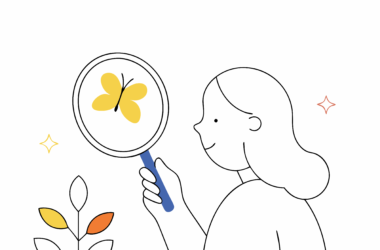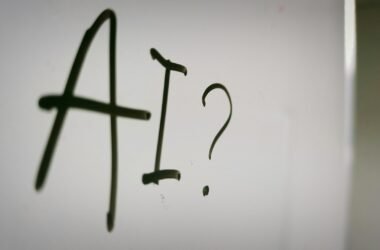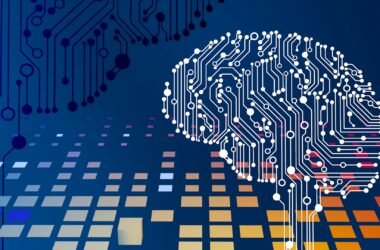The journey of AI-powered assistants spans several decades, evolving from rule-based chatbots to advanced generative AI models like ChatGPT. Below are the key milestones that shaped their development:
1. Early AI and Rule-Based Systems (1950s-1990s)
1950s-1960s: Alan Turing proposes the Turing Test, laying the foundation for AI interaction.
1966: ELIZA, the first chatbot, is developed at MIT, using pattern-matching but lacking real understanding.
1970s-1990s: Expert systems like MYCIN and rule-based bots emerge, providing structured responses but no learning capabilities.
2. Speech Recognition and Virtual Assistants (2000s-2010s)
2001: SmarterChild (AIM chatbot) popularizes conversational AI in early internet messaging.
2011: Apple Siri launches, integrating speech recognition & NLP, making AI mainstream.
2014: Amazon Alexa debuts with voice-controlled smart home integration.
2016: Google Assistant improves context-aware AI responses.
2018: Google Duplex showcases AI making human-like phone calls.
3. Deep Learning and Conversational AI (2020-Present)
2020: GPT-3 revolutionizes text generation with deep learning and 175B parameters.
2022: ChatGPT (GPT-3.5) makes AI chatbots widely accessible, improving natural conversations.
2023: GPT-4 and Claude AI enhance multimodal understanding (text, images, and voice).
2024-2025: AI assistants integrate with autonomous agents, handling tasks and decision-making with minimal human input.
Future of AI Assistants
Hyper-personalized AI for every user
AI-powered emotional intelligence
Seamless integration with AR/VR
The evolution of AI-powered assistants is far from over. The next decade will bring AI with deeper reasoning, real-time adaptation, and enhanced multimodal capabilities.
Would you like a detailed timeline infographic on AI assistant development?









